Latest Sightings receives wildlife sightings via the app, WhatsApp, and Telegram. We receive thousands of sightings every year from various parks around southern Africa. Our community has sent in 1299 wild dog sightings from June 2021 – May 2022. Reporting of wildlife sightings from our users can be classified as citizen science. A valuable form of data collection due to the high numbers of sightings we receive.
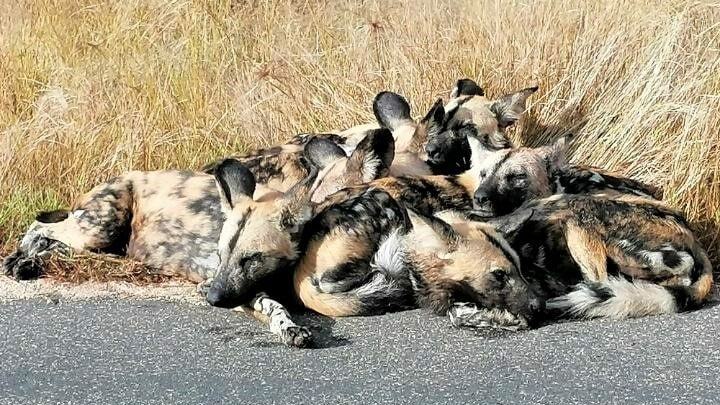
The African wild dog (Lycaon pictus) is one of the most endangered mammals in the world with a population of approximately 6000 worldwide. There are 4 populations in Africa, one of which is in the Kruger National Park. There are an estimated 300 – 350 dogs across the park and their numbers have increased from only 120 in 2009, thanks to conservation efforts. Their home range varies from 200 and 1000 square kilometers per pack. With the Kruger being over 5 million hectares, it is not only rare but also a treat to see them. The wild dog is a charismatic and exciting animal and top of the list for anyone visiting the Kruger National Park.
We compiled some data to determine the best times to spot Wild Dogs!
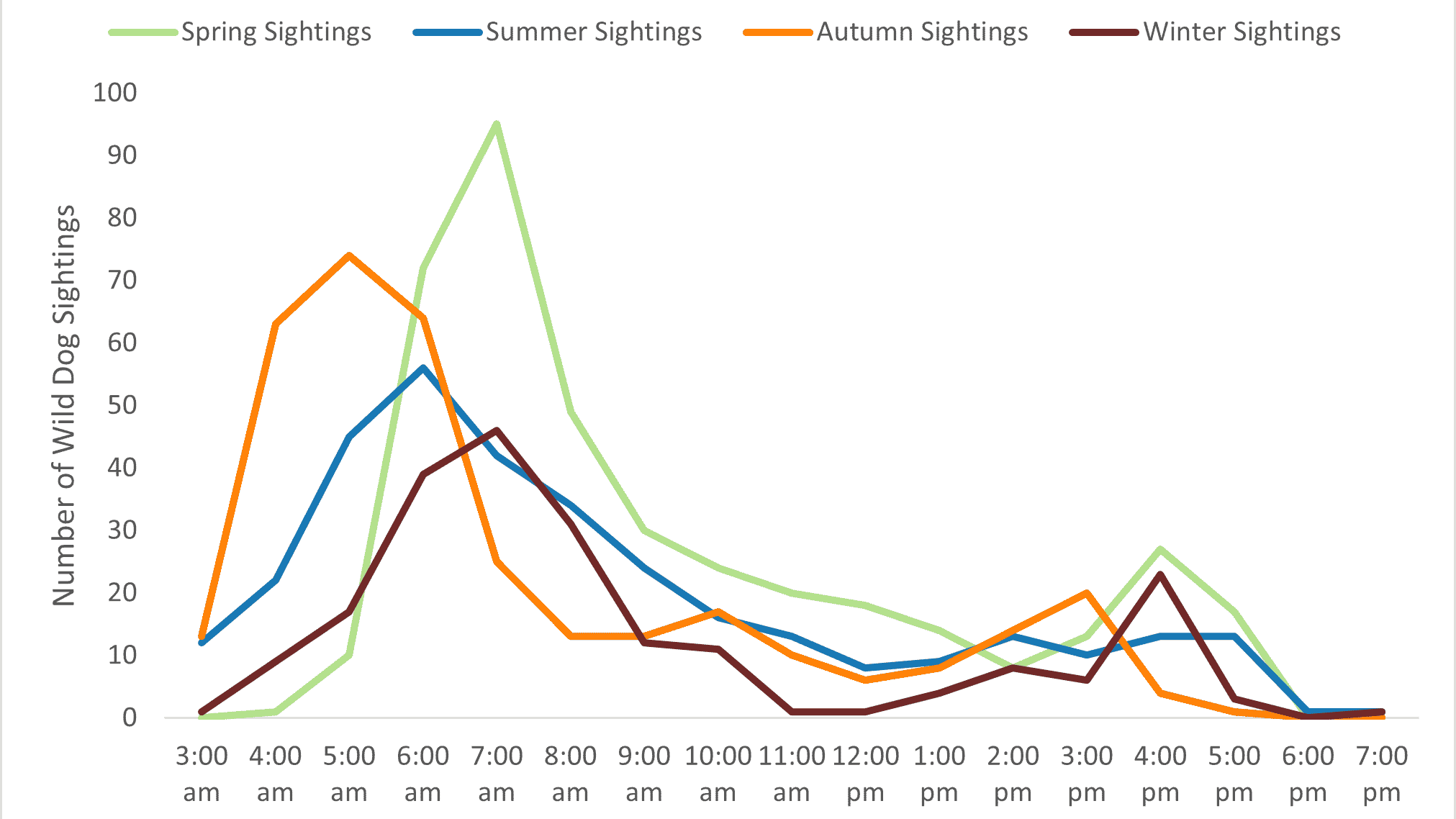
Over the four seasons spring, summer, autumn, and winter the sightings activity is in the early mornings (04:00 am and 09:00 am) with activity dropping over the hottest part of the day. Kruger National Park’s average daily winter temperatures are 17.8 degrees and summer temperatures average 26.4 degrees. Although the majority of the sightings are seen in the morning, there is an activity peak from 15:00 pm to 17:00 pm during spring, autumn and winter. However, in summer there doesn’t seem to be an afternoon activity peak, possibly due to the high temperatures throughout the afternoon. The dogs spend most of their time sleeping in the shade.
Wild dogs hunt every day with 80% of their diet consisting of impala. However, they are opportunistic hunters and will take down larger prey including zebra, buffalo, kudu, waterbuck, and wildebeest. Pack sizes can vary from a few individuals to 30 dogs.

Where to Spot Wild Dogs in Kruger National Park
The park can be split into three sections, the north, central, and the south.
The northern part of the park ranges from Olifants River to the Tropic of Capricorn. Wild dog sightings are harder to come by in the north of the park, however, we still received 71 sightings since June 2021.
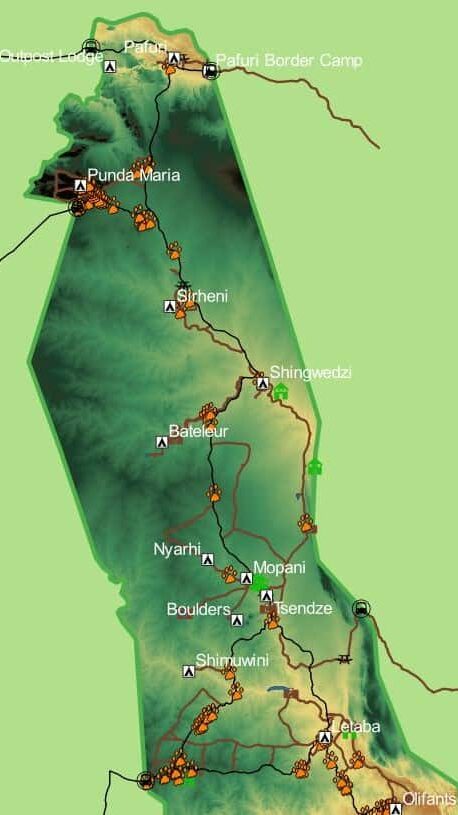
The central part of the park ranges between Olifants River and Sabie River. With 173 sightings reported from our community the activity of the dogs in this area increases from the north. Especially around Orpen, Satara, and the H1-2 heading to Skukuza.
To learn more about wildlife sightings follow Latest Sightings on Linkedin!
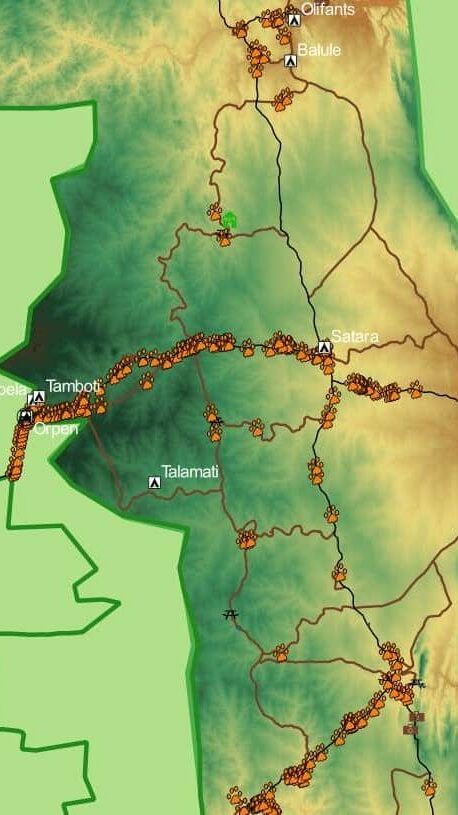
The southern part of the park extends from the Sabie River to the Crocodile River. It is known to have a high density of wildlife including wild dogs – we received 1055 sightings from June 2021 to May 2022 from our community.
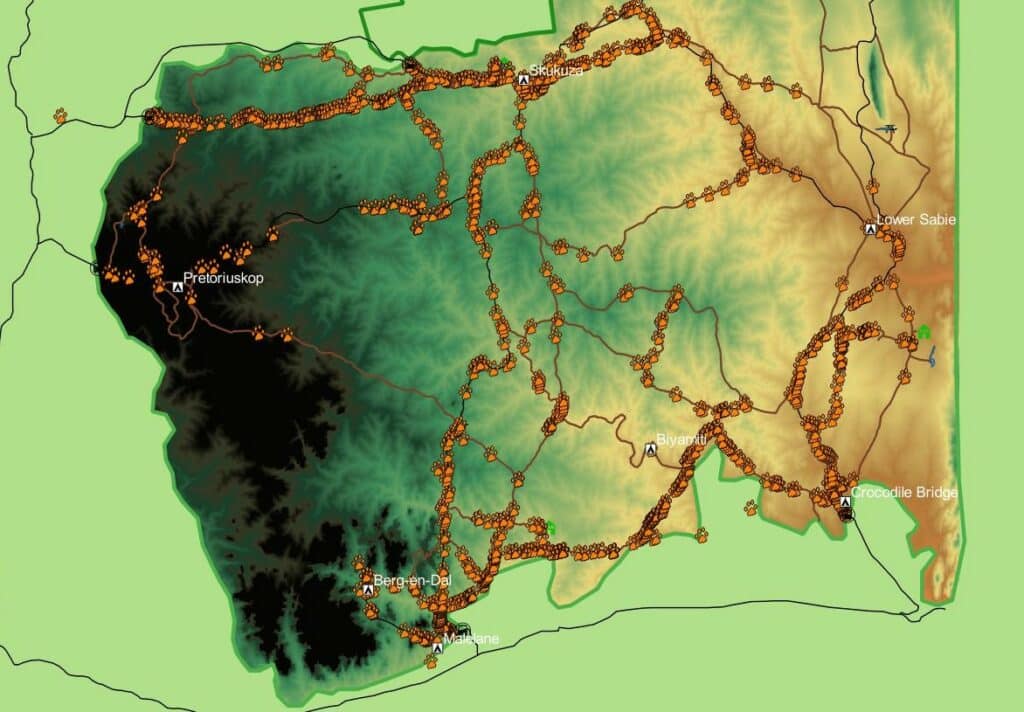
The species is still under threat due to human-animal conflict in the form of snares and habitat loss. Hopefully, with more conservation efforts, their numbers will continue to increase inside national parks and game reserves.
To report any wild dog sightings in game reserves across Africa download the Latest Sightings app!
